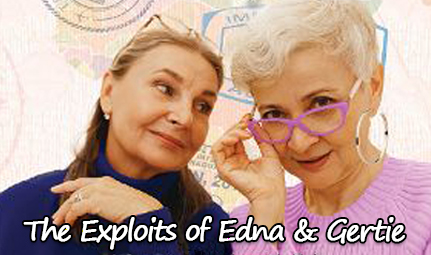Last time we learned that life skills must be intentionally taught. Sometimes these life skills are called executive function skills. We’re teaching children to take charge of their own behaviors and attitudes.
Good news for parents! There are simple everyday activities to add to daily routines that will build these important skills. This week’s skill is Perspective Taking.
Perspective taking is more than empathy—feeling sorry for another person. It’s also about figuring out how others think and feel. Children learn to understand the intent of others actions and this often avoids conflict.
All of us prefer to spend time with people who are tuned in to our point of view. We tend to avoid those who are critical or highly competitive. We want to be with those who understand us. Children who can go beyond their own needs and care about the needs and problems of others will be more successful in both learning and building friendships. This is called “understanding the other.”
How to Promote Perspective Taking
- Ask leading questions such as “What could that person be thinking? Feeling?”
- Practice problem-solving in steps. What is the problem? What do we want? What can we do? And did we succeed? You might want to make a simple chart to use when walking through a real-life conflict.
- Model language that leads to a resolution, not more conflict. For example you might say, “You’re upset. Maybe you need some quiet time.”
- Listen to your child’s ideas and reassure them of unconditional love.
- Use everyday experiences to talk about other people’s perspectives. “What is that character thinking?” “How does it feel when a friend takes your toy?”
- Encourage pretend play. Acting out various character’s words and actions is a healthy way to explore other perspectives.
- When you observe conflicts, take the opportunity to talk about the problem. “Why do you think Jimmy got angry with his friend?” “What else could he have done?”
Perspective taking helps children make sense of their world. It helps them understand other people’s thoughts and behaviors and to predict what might happen in a given situation. Children who learn this skill adjust better in both learning and social situations.




 The Exploits of Edna and Gertie Join the fun, get your copy now!
The Exploits of Edna and Gertie Join the fun, get your copy now!